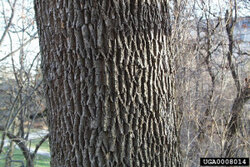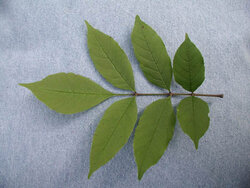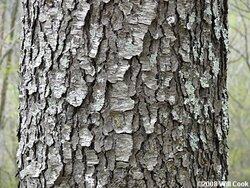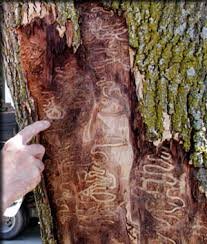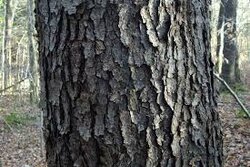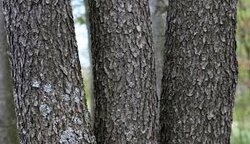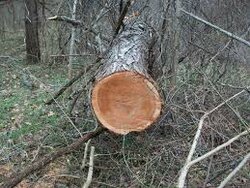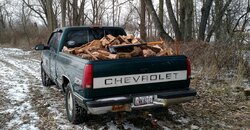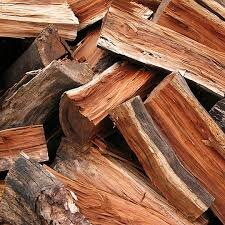As suggested in a post I made over at https://www.hearth.com/talk/threads/vc-encore-2040-how-to-burn.156965/, I need some help.
I have been having trouble getting my new stove to heat up and burn properly. This is my first season burning and have just started to acquire wood this fall. I have some oak slab wood that is supposed to be dried. I also have been cutting dead locust. Some of the members think that it may be a wood issue.
I don't know what would be the best route to take to get wood that is ready to burn this season. I am looking for suggestions and/or tips to get me through this winter.
Thanks!
I have been having trouble getting my new stove to heat up and burn properly. This is my first season burning and have just started to acquire wood this fall. I have some oak slab wood that is supposed to be dried. I also have been cutting dead locust. Some of the members think that it may be a wood issue.
I don't know what would be the best route to take to get wood that is ready to burn this season. I am looking for suggestions and/or tips to get me through this winter.
Thanks!



